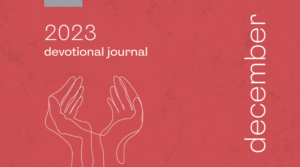Deeper ReflectionIn his exposition of Daniel 7, Bible scholar and pastor, Gordon
Wong, focuses on leaders and leadership, which he entitled, “When
‘Monsters’ Rule. ”sup>10 Daniel 7 “begins by relating a vision of four kinds
of leaders, four kinds of kings” (vv.4-8), and “we are meant to recognise
in these figures the different kinds of kings or kingdoms, leaders and
governments, which rule on earth”
11 . These are human beings, but they
are portrayed as animal-like figures: “lion”, “bear” and “leopard” (vv.4-6)
that are “morphed into mystical monsters”
12 . And the “fourth beast” is not
even likened to any other animal (vv.7-8). These are human beings who
become beastly leaders, with some being more monstrous than others.The number of beasts – “four” (v.3) – represents “a symbol of
completeness rather than a particular number of world empires”
13 . The
number “four” symbolises “all” the superpowers in history. The message
of Daniel 7 is that “life in this present age will always be this way until
the end of the age. It is striking that the superpowers of our own age
still customarily represent themselves by predatory animals, such as the
Russian bear, the Chinese dragon and the American eagle. The beasts of
this present world order may change their shape as the centuries pass,
but their violence and lust for power continues”
14 .Daniel 7 shows us how to
look at and
live in our contemporary
geopolitical situations. The “four great beasts” come up from the sea
when “the four winds of heaven” stir up the sea (vv.2-3). The “four
winds” come from
“Heaven that rules” (Dan 4:26).
10 Gordon Wong, Faithful to the End: The Message of Daniel for Life in the Real World (Genesis, 2006), 92
11 Gordon Wong, 92
12 Christopher J. H. Wright, 156
13 Iain M. Duguid, Daniel, Reformed Expository Commentary (P&R, 2008), 111
14 Iain M. Duguid, 111

